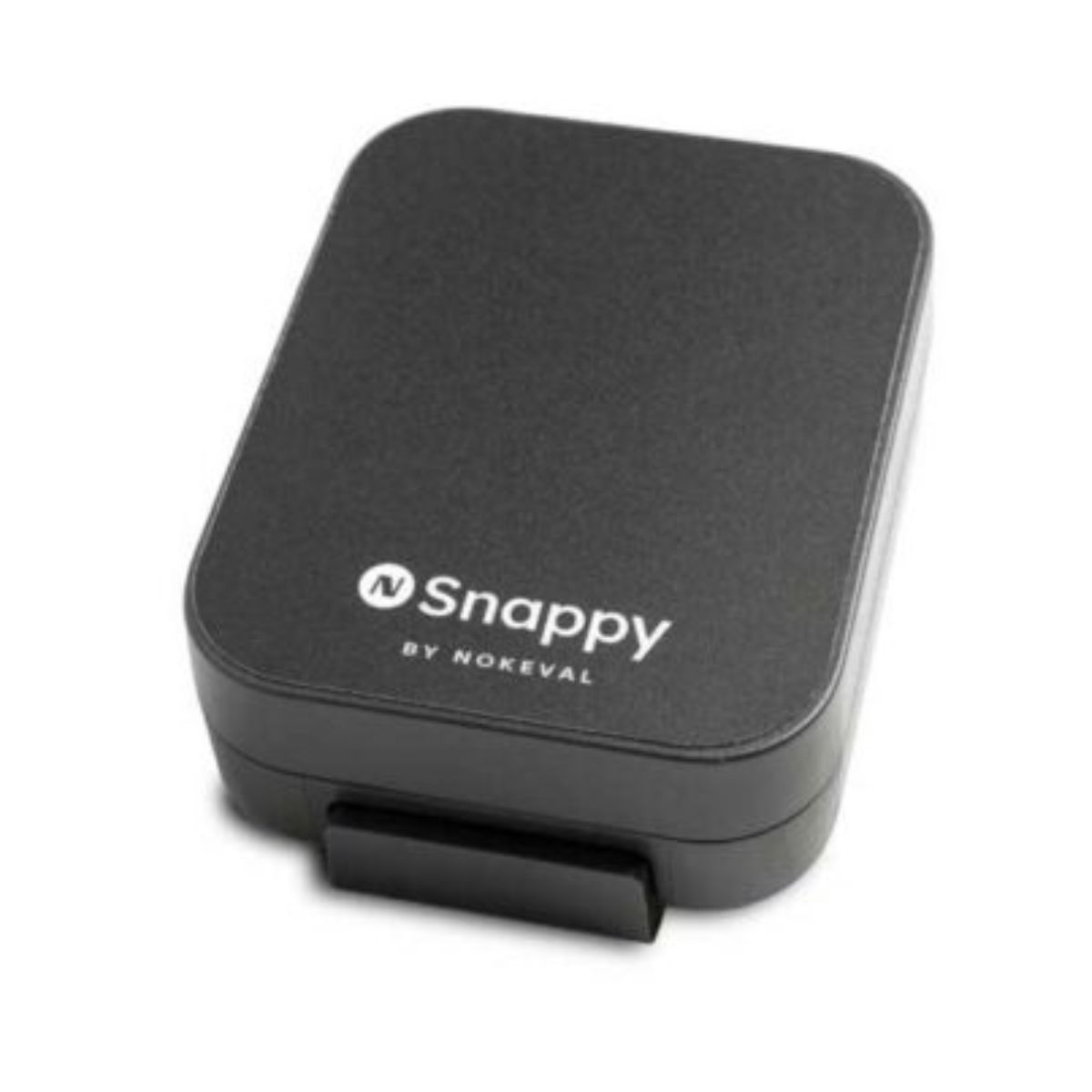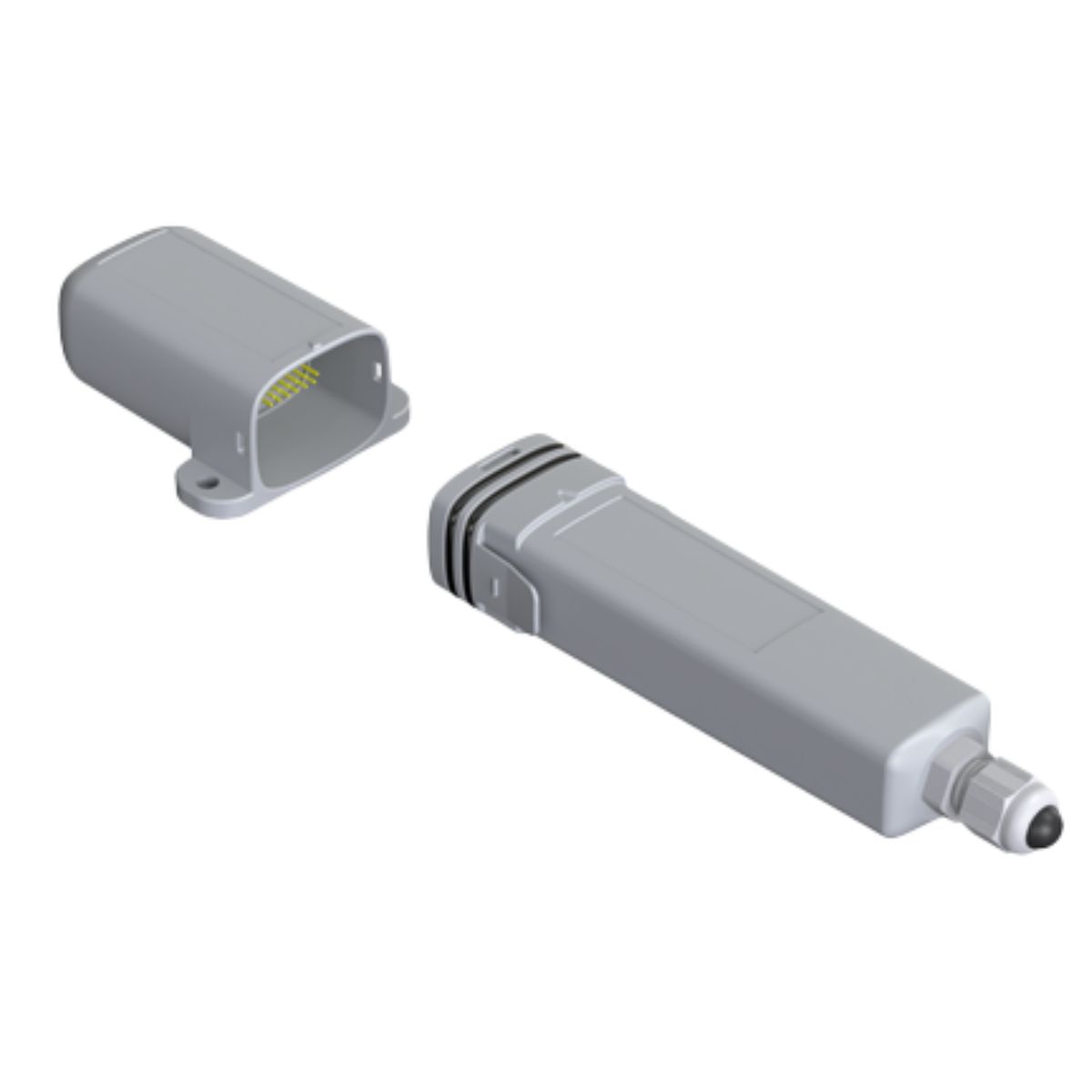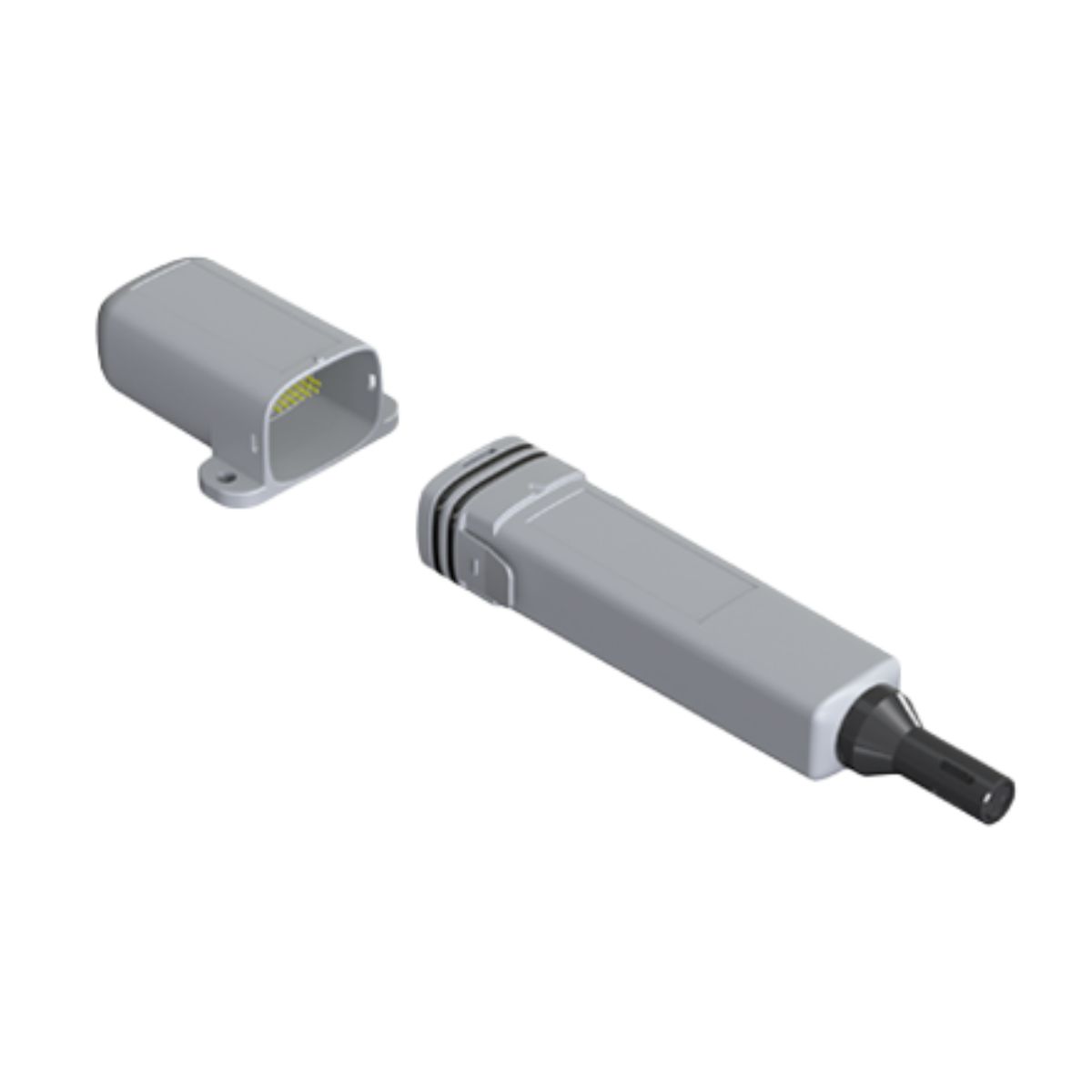Temperature Sensors for Food Production: Ensuring Safety, Quality, and Efficiency
Temperature Probes For Food Processing, Beverage & Catering Industries
Temperature control in food production is crucial for maintaining the safety, quality, and efficiency of the entire process.
From the initial stages of preparation to the final packaging, precise food production temperature monitoring ensures that every product meets stringent safety standards and regulatory requirements.
By leveraging the latest food production temperature monitoring technology, you can ensure that your products are stored under optimal conditions, preventing spoilage, reducing waste, and ultimately saving time and money.
Process Parameters supplies a range of temperature monitoring solutions tailored for the food and beverage industry. Ensure your food products remain safe, fresh, and of the highest quality with our state-of-the-art temperature sensors.
Contact usTemperature Probes & Sensors in Food Production
Several types of temperature sensors are commonly used in food production, each serving a specific function:
- Thermocouples: Widely used for measuring extreme temperatures during cooking and freezing.
- RTDs (Resistance Temperature Detectors): Known for their accuracy, they are often used in precision temperature control.
- Infrared Sensors: Ideal for non-contact temperature measurement, often used in cold storage and quality control.
Each of these sensors contributes to maintaining temperature control in food production, ensuring the safety, quality, and efficiency of products throughout the entire process.
View our range of food production temperature sensors.
NSnappy Products
NSnappy Products
NSnappy Products
The Different Stages of Food Processing
Food processing is a complex, multi-stage process that transforms raw materials into safe and edible products. Temperature control for food production is vital at each stage:
- Preparation: Sensors ensure that raw ingredients are processed under the right conditions, removing impurities and ensuring uniformity.
- Processing: During cooking, baking, or sterilisation, temperature sensors maintain the necessary heat levels to ensure food safety.
- Preservation: In canning, freezing, or drying, temperature sensors help extend the shelf life of products by preventing bacterial growth.
- Packaging: Ensuring that food is sealed and stored at the correct temperature prevents contamination and preserves freshness.
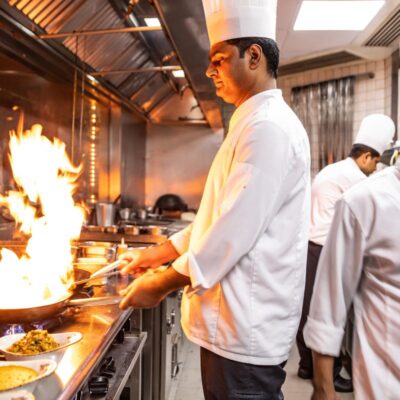
Why Are Temperature Controls Important in the Food Production Process?
Time and temperature controls are vital in food production because they help prevent contamination, extend shelf life, and guarantee food safety.
Here’s why these controls are so essential:
1. Food Safety: A Non-Negotiable Priority
Proper temperature control in food production is essential to prevent the growth of bacteria and other microorganisms that can cause foodborne illnesses. Whether in cooking, refrigeration, or storage, maintaining the correct temperature is critical for food safety. For example:
- Cooking and Baking: Thermocouple sensors and RTDs ensure that food is cooked to the right temperature, eliminating harmful pathogens.
- Refrigeration: Infrared sensors monitor cold storage conditions, preventing spoilage and ensuring freshness.
2. Quality Control: Consistency and Reliability
Temperature control for food production helps maintain consistent quality throughout the food production process by detecting variations that could affect the final product.
Whether it’s maintaining the ideal temperature during mixing or ensuring that frozen foods remain properly stored, these sensors ensure uniformity and reliability in food products.
3. Regulatory Compliance: Meeting Industry Standards
The food industry is heavily regulated, with strict guidelines on food production temperature management to ensure consumer safety. Sensors like pH metres and pressure transducers help companies comply with these regulations, ensuring that products meet all safety and quality standards.
Implementing food production temperature monitoring systems can also streamline compliance, making it easier to keep accurate records and meet regulatory requirements.
4. Efficiency and Cost Savings: Optimising Operations
By automating temperature control in food production, manufacturers can improve operational efficiency, reduce waste, and lower energy costs.
Real-time monitoring and alerts enable quick responses to potential issues, preventing spoilage and minimising resource losses. This not only ensures the safety and quality of the food but also significantly boosts profitability.

Wireless Food Processing Temperature Monitoring Technology
In many organisations, environmental monitoring is still done manually, often with a clipboard and pen. This method is not only inefficient but also carries significant risks:
- Human Error: Manual data collection is susceptible to errors, whether through incorrect readings or data manipulation.
- Labour-Intensive: The need for individuals to manually take measurements at regular intervals adds to labour costs and is often impractical for comprehensive monitoring.
- Limited Data Points: Manually collected data is often sparse, with measurements taken only a few times a day, providing an incomplete picture of environmental conditions.
Even with fixed data loggers that automatically collect data every 15 minutes, there are still limitations. These devices require manual downloading and sorting of data, which can delay critical decision-making.
The Advantages of Wireless Environmental Monitoring
Food production wireless temperature monitoring offers a solution to these inefficiencies. By eliminating the need for manual data collection, wireless monitoring systems provide continuous, accurate, and real-time data that is stored securely and is easily accessible.
Benefits of Wireless Monitoring:
- Automated Data Collection: Wireless systems collect data at regular intervals without human intervention, ensuring consistency and accuracy.
- Real-Time Alerts: These systems can send instant alerts if environmental conditions deviate from the set parameters, allowing for immediate corrective action.
- Remote Access: Data can be accessed from anywhere, at any time, making it easy for managers to monitor conditions without being physically present.
- Cost Savings: By reducing the need for manual labour and preventing potential product losses, wireless monitoring systems can lead to significant cost savings.
How Wireless Environment Monitoring Can Save You Time and Money
In the food production industry, as well as many others, monitoring environmental parameters is crucial to ensuring the safety and quality of products. Traditionally, this task has been time-consuming, labour-intensive, and prone to human error.
But with advancements in food production temperature monitoring systems, particularly wireless technology, these challenges can be overcome, leading to significant time and cost savings.
How Environmental Monitoring Technology Works
In industries where maintaining the correct environmental conditions is critical—such as in refrigerated warehouses for food products, hospital pathology labs, or museums—food production temperature monitoring technology is essential.
The limitations of traditional methods are obvious. Manual monitoring is not only prone to errors but also limited in the number of data points that can be collected throughout the day.
Wireless environmental monitoring systems, powered by the Internet of Things (IoT), revolutionise this process. These systems continuously monitor environmental conditions and store data securely in the cloud.
This allows for easy access and review of data, providing valuable insights that can help prevent issues before they escalate.
Why Wireless Monitoring is Superior:
- Instantaneous Data: Unlike traditional data loggers, wireless systems provide real-time data, allowing you to take action as soon as an issue arises.
- Ease of Use: With IoT-based systems, data is automatically organised and stored, eliminating the need for manual data sorting.
- High-Quality Data: Continuous monitoring ensures that you have a comprehensive view of your environmental conditions, which is critical for maintaining the quality and safety of your products.
Enhance Your Food, Beverage & Catering Operations with NSnappy
The NSNAPPY Service ensures that you’re never left waiting for essential equipment, allowing you to maintain optimal operations and prevent disruptions. NSnappy streamlines your self-monitoring plan, automating temperature measurements, self-monitoring tasks, and reporting, allowing you to work more effectively and safely.
The user-friendly system is made for overseeing self-monitoring in commercial kitchens and restaurants.
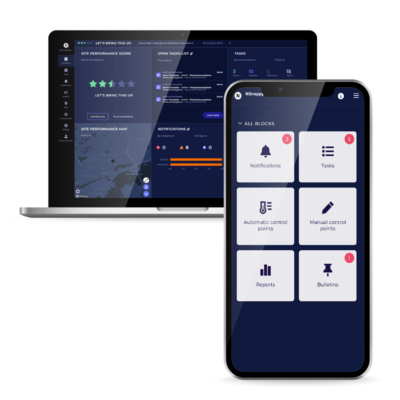
If you need a fast, reliable solution for your temperature sensor needs, contact Process Parameters today to learn more about our NSNAPPY Service. Ensure your production process remains uninterrupted and your products meet the highest standards of safety and quality.
Conclusion: Enhance Your Food Production with Reliable Temperature Sensors
Investing in advanced food production temperature monitoring technology is essential for any food manufacturing operation. These technologies not only help maintain the safety and quality of food products but also improve operational efficiency, reduce costs, and ensure compliance with industry regulations.
If you’re looking to optimise your food production processes and ensure the highest standards of safety and quality, consider integrating advanced food production temperature monitoring systems into your operations.
If you’re ready to upgrade your environmental monitoring systems and enhance your temperature control in food production, contact Process Parameters today.
Our advanced wireless and handheld monitoring solutions are designed to meet the unique needs of the food industry, ensuring your products remain safe, fresh, and of the highest quality from production to consumption. Our equipment caters to the entire food industry chain, from agricultural operations to processing facilities and catering services.
Email us at sales@processparameters.co.uk, call 01628 778788, or complete our online enquiry form.
Send an EnquiryNSnappy Products
NSnappy Products
NSnappy Products
Related Guides:
- Temperature Sensors for Petrochemical, Oil and Gas
- What is a Pyrometer?
- Comparing Contact and Non-Contact Temperature Sensors
- How do Infrared Thermometers Work?
- How Accurate are Infrared Sensors?
- How Can You Improve Efficiency With Infrared Cameras?
- What Is A Temperature Sensor?
- How Do Thermal Imaging Cameras Work?
- 5 Benefits & Applications of Thermal Imaging Cameras
- 5 Different Types of Thermal Sensors



